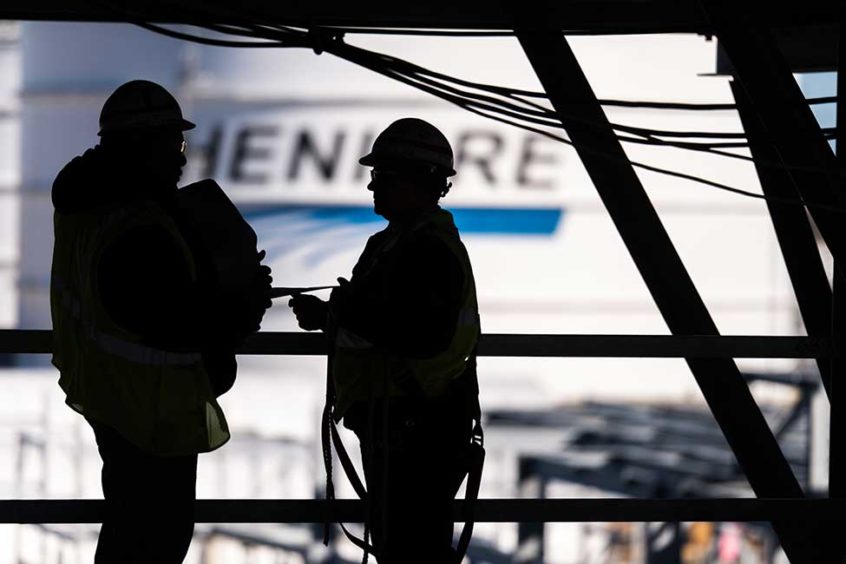
The US will become the world’s largest LNG exporter by the end of 2022, according to the Energy Information Administration (EIA).
In 2020, the US was in third place, behind Australia and Qatar.
The EIA expects US peak capacity to reach 13.9 billion cubic feet per day by the end of next year. It put Australian capacity at 11.4 bcf per day and Qatar at 10.4 bcf per day.
Driving the US increase will be Train 6 Sabine Pass and Calcasieu Pass. The Sabine Pass addition will provide another 0.76 bcf per day, while Calcasieu Pass will 1.6 bcf per day – or 12 million tonnes per year.
The sixth train at Sabine Pass began producing in late November. It should export its first cargo by the end of this year. Calcasieu Pass should also start producing by the end of this year, with all 18 trains operating by the end of 2022.
Golden Pass LNG is under construction in the US, the country’s eighth. This is due to start producing in 2024, taking US peak capacity to 16.3 bcf per day.
ExxonMobil and QatarEnergy (QE) are working on Golden Pass. This consists of three trains, each with nameplate capacity of 5.2mn tpy. The first will start in 2024, with the next two starting up in 2025.
More FIDs
Companies are working on more export projects. Venture Global announced recently its plans for an expansion project next to its Calcasieu Pass plant.
Cheniere Energy is working on a third stage at its Corpus Christi project. It asked the Federal Energy Regulatory Commission (FERC) for an extension this week, pushing back the time to get it up and running until 2027. Chenier plans to reach FID on Corpus Christi Stage 3 in 2022.
However, international competition is mounting. Australia is unlikely to expand production substantially in the next few years, but Qatar has begun construction on a new phase.
In the first instance, Qatar’s output is due to reach 110mn tpy, starting in 2025, rising to 126mn tpy later on. As such, Qatari peak export capacity could rise to 14.4 bcf per day around the middle of the decade, reaching 16.7 bcf per day.
